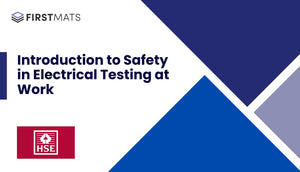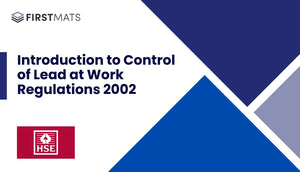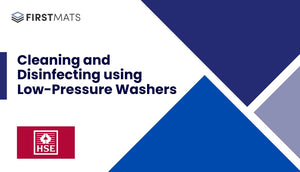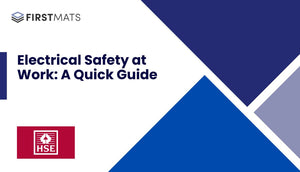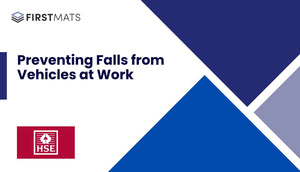Article Index:
Introduction
This blog post provides a concise summary of the Health and Safety Executive (HSE) document titled "Preventing slips and trips at work: A brief guide" (INDG225(rev2)). This guide is intended to help employers understand and prevent the most common cause of injury in the workplace: slips and trips. The solutions presented in the original document are often simple and low-cost.
What Does The Law Say?
The Health and Safety at Work etc Act 1974 (HSW Act) requires employers to ensure the health and safety of all employees and anyone who may be affected by their work, as far as is reasonably practicable. This includes taking steps to control slip and trip risks. Employees also have a responsibility not to put themselves or others in danger, and must use any safety equipment provided.
What Can Employers Do To Prevent Slips And Trips?
Employers must manage health and safety risks in the workplace through a process known as a risk assessment. This involves identifying potential hazards that could lead to slip or trip injuries and implementing effective control measures to prevent these types of accidents. Measures could include:
- Using doormats to stop rainwater being tracked in and making the floor slippery.
- Ensuring spillages are cleaned up promptly.
- Keeping walkways and work areas clear of obstructions.
- Using slip-resistant footwear where necessary.
Employers should also review their risk assessment regularly to keep up with changes in the workplace.
Practical Steps To Prevent Slips And Trips Accidents
There are many simple ways to control slips and trips risks and prevent accidents in the workplace. Some practical steps include:
- Preventing floor contamination through use of entrance matting, fixing leaks, and planning routes to avoid contaminated areas.
- Using effective cleaning methods that are suitable for the type of floor and do not introduce more slip or trip risks.
- Checking for and replacing loose, damaged and worn flooring.
- Ensuring adequate lighting and clear visibility of slopes or steps.
- Providing slip-resistant footwear where floors cannot be kept clean and dry.
What Can Employees Do To Prevent Slips And Trips?
Employees also play a crucial role in preventing slips and trips at work. They should:
- Report any accidents or near misses to their employer promptly.
- Clean up spillages or arrange for them to be cleaned.
- Report any damaged floors or mats.
- Keep the workplace tidy and free from trip hazards.
- Wear and take care of any provided PPE (Personal Protective Equipment).
Conclusion
Slips and trips are the most common cause of injury at work, but they can be easily prevented by following simple and low-cost measures. Both employers and employees have a role to play in maintaining a safe workplace. By implementing the suggestions outlined in the HSE's guide, workplaces can significantly reduce the risk of slips and trips.


